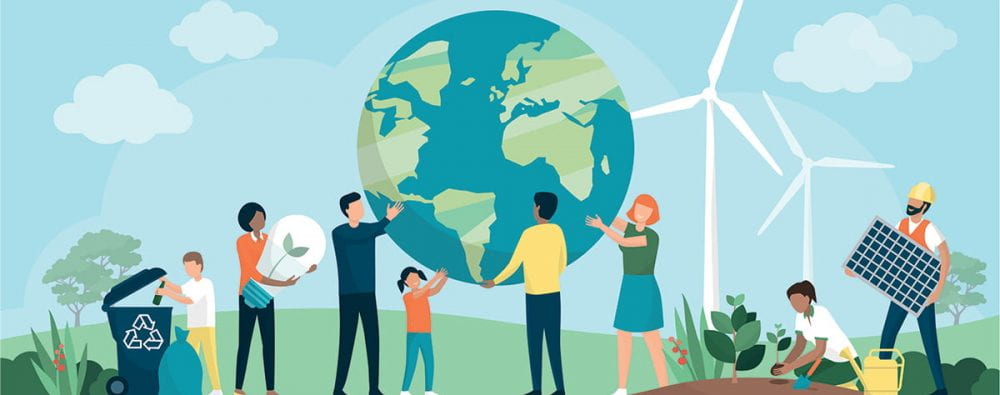The summer is about to begin, and that means more sustainable tips from the Enviro Junkies. Like any season, the summer has positives and negatives when it comes to sustainability. We will show you the advantages and find solutions for the challenges.
1- Stay hydrated with a reusable water bottle
During the summer, the temperature rises, and people consume more water. Having a sustainable water bottle is only suitable for the environment and saves money in the long run. In addition, there are water bottles that can keep the water cold no matter the temperature outside, such as a thermos which is what we believe that everybody needs in the summer, especially if you live in Texas.
2- Do outdoor activities
Try to take advantage of the summer by doing your favorite activities during the day wherever you are. Sometimes, it could be hard to walk, hike, and run around noon if you live in Texas. However, you could do them in the early morning, evening, or at night. Also, don’t forget to try swimming and kayaking because they are fantastic activities during the summer. Fortunately, we have a river and lake in Austin -Texas.
3- Eat locally
Choose to eat seasonal food products in your hometown. When we eat locally, we reduce the carbon footprint in enormous amounts because we don’t require food to be shipped from different states or countries. Many cities and towns offer things such as Sunday farmers’ market events, so this is a great way to take advantage and support your local farmers and remain sustainable.
4- Open your windows.
During the day in summer, the temperature is high, and surely you will use the AC to cool down the heat inside your house. However, the weather tends to get cooler at night, so turn the AC off and open the window for fresh cool air and then go ahead and close them in the morning. This way, you save money and have more sustainable energy, which is what we want.
5- Plant a garden
The summer is a perfect opportunity to plant a garden in your back or front yard. There are so many plants that grow in the summer. It only takes you minutes to google and learns what is best for you and your garden. Growing plants are fun and help you to reduce carbon dioxide and reduce the heat in your area.
Enviro Junkies hope you all have a great, sustainable summer!
